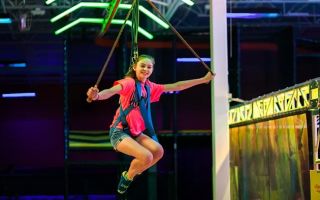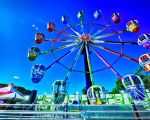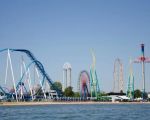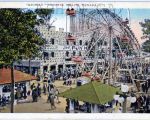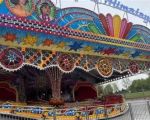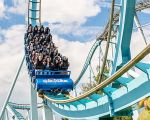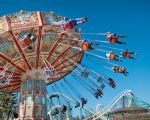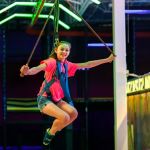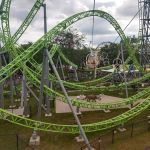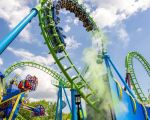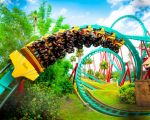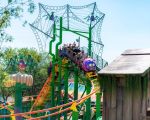Understanding Motion Sickness on Rides
Motion sickness is a common challenge for many amusement park visitors, often triggered by the rapid movements and spins of various rides. It occurs when the brain receives conflicting signals from the eyes, inner ear, and muscles regarding motion, causing symptoms such as nausea, dizziness, and sweating.
Understanding how motion sickness develops is key to managing it effectively. Factors like individual sensitivity, type of ride, and duration of exposure influence how severely one might feel symptoms. Recognizing your own limits and how your body reacts can help you apply the right strategies.
Pre-Ride Preparation and Dietary Tips
Proper preparation before heading to rides can significantly reduce motion sickness risk. Eating light, bland meals and avoiding heavy or greasy foods beforehand helps prevent stomach upset. Staying hydrated is equally important, but avoid excessive liquids right before riding.
Some riders find that ginger supplements or natural remedies like peppermint tea soothe their stomachs prior to rides. Resting adequately and reducing stress also contribute to better tolerance.
Choosing Rides and Seating Positions
Selecting the right rides and seating can impact motion sickness severity. Generally, gentler rides or those with predictable movements cause less discomfort. When on thrill rides, sitting in the front seat or near the center can reduce the feeling of spinning or excessive motion.
Avoiding rides with intense loops or rapid rotations may help if you are highly susceptible. Additionally, pacing yourself and spacing out rides allows your body to recover between exposures.
In-Ride Techniques to Reduce Motion Sickness
While on a ride, focusing your gaze on a stable point or the horizon can help your brain reconcile motion signals. Controlling your breathing with slow, deep inhales and exhales may alleviate nausea and anxiety.
Avoid reading, looking down, or using phones during rides, as this can worsen symptoms. Some find that chewing gum or sucking on candy distracts the brain and lessens nausea.
Post-Ride Care and Prevention
After experiencing motion sickness, resting in a cool, shaded area and sipping water slowly aids recovery. Eating light snacks such as crackers can help settle the stomach.
Learning from each experience, you can adjust your ride choices and pre-ride habits accordingly. Over time, some individuals build a tolerance, reducing motion sickness effects.
When to See a Doctor About Motion Sickness
If motion sickness frequently disrupts your amusement park visits or daily life, consulting a healthcare professional is advisable. They may recommend medications or behavioral therapies to manage symptoms effectively.
Medical advice is especially important if you experience severe dizziness, vomiting, or prolonged discomfort after rides. Early intervention ensures better enjoyment and safety during your amusement park adventures.
For expert recommendations on rides, tips to manage motion sickness, and the best amusement park experiences, Hickory Dickory Park offers valuable insights and support to visitors.






